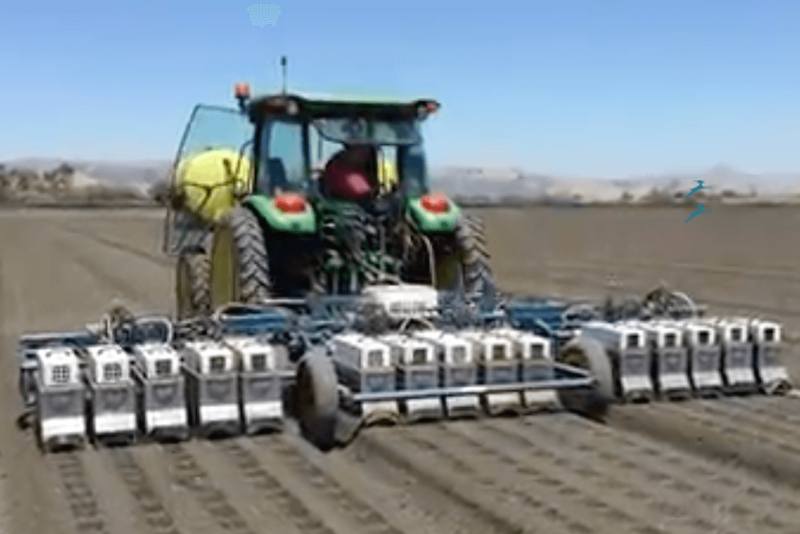Driscoll’s is so secretive about its robotic strawberry picker it won’t let photographers within telephoto range of it.
But if you do get a peek, you won’t see anything humanoid or space-aged. AgroBot is still more John Deere than C-3PO — a boxy contraption moving in fits and starts, with its computer-driven sensors, graspers and cutters missing 1 in 3 berries.
Such has been the progress of ag-tech in California, where despite the adoption of drones, iPhone apps and satellite-driven sensors, the hand and knife still harvest the bulk of more than 200 crops.
Now, the $47-billion agriculture industry is trying to bring technological innovation up to warp speed before it runs out of low-wage immigrant workers.
California will have to remake its fields like it did its factories, with more machines and better-educated workers to labor beside them, or risk losing entire crops, economists say.
…
That’s because immigrant farmworkers in California’s agricultural heartlands are getting older and not being replaced. After decades of crackdowns, the net flow across the U.S.-Mexico border reversed in 2005, a trend that accelerated through 2014, according to a Pew Research Center study. And native-born Americans aren’t interested in the job, even at wages that have soared at higher than average rates.
The GLP aggregated and excerpted this blog/article to reflect the diversity of news, opinion, and analysis. Read full, original post: As California’s labor shortage grows, farmers race to replace workers with robots































